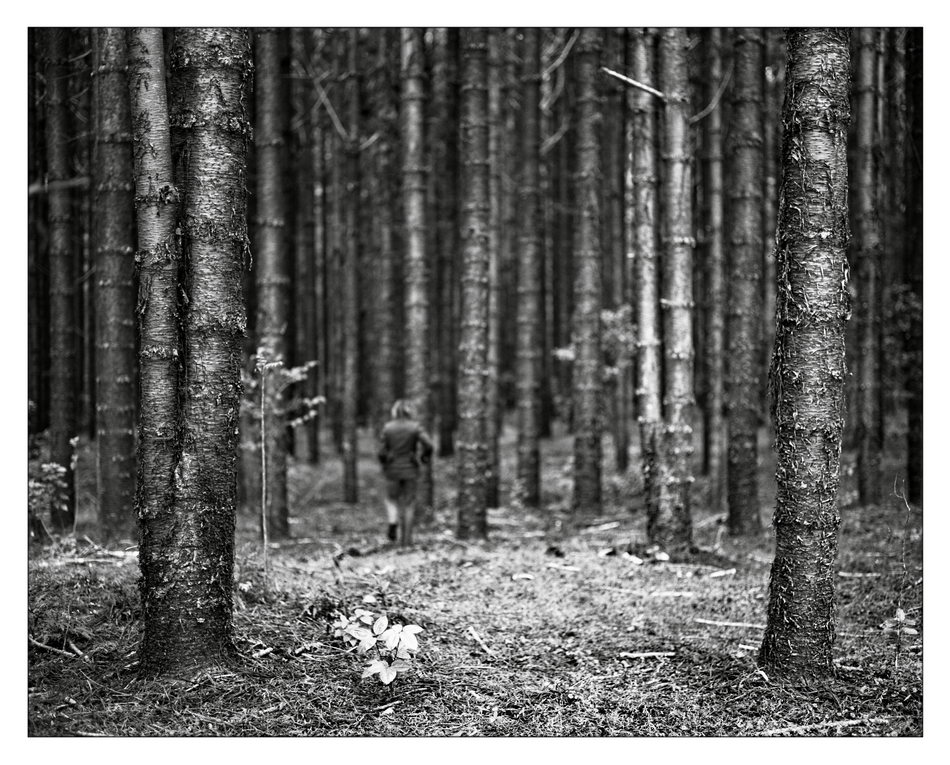vrgard
Well-known
Thanks, Keith, for doing this.
Like some others, I like both shots but for different reasons. Regardless, and recognizing that we're all just looking at jpegs on computer monitors, it's nice to see the Oly do so well.
-Randy
Like some others, I like both shots but for different reasons. Regardless, and recognizing that we're all just looking at jpegs on computer monitors, it's nice to see the Oly do so well.
-Randy




